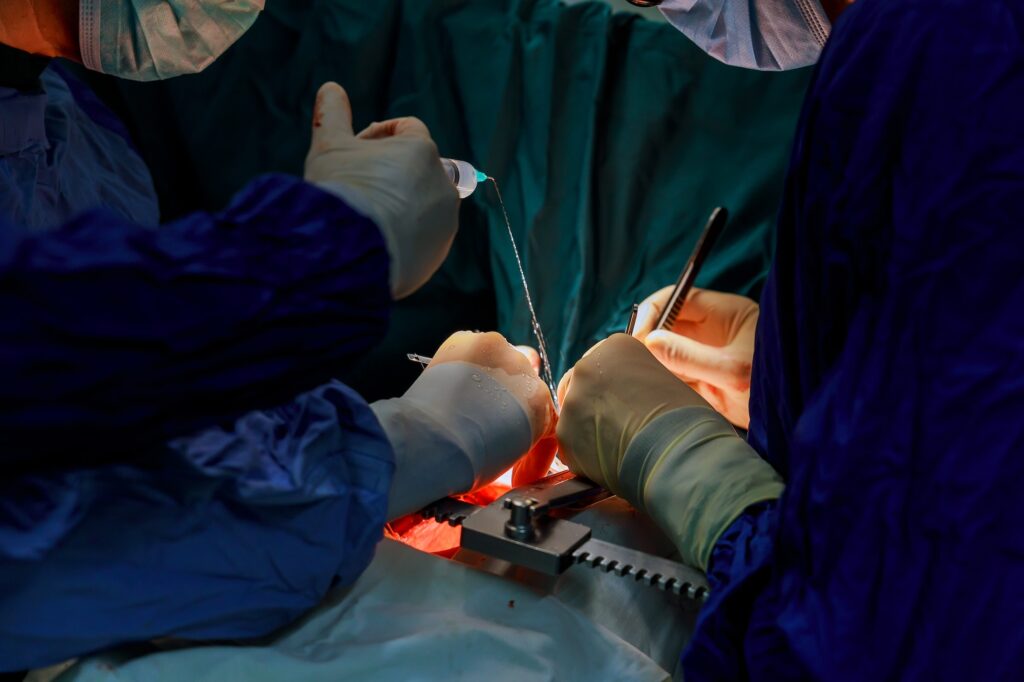Yalova Cardiology
Everything you need to know about your heart health. Your health is entrusted to us with high technology in Yalova.
coronary angiography
Complex Coronary Angiography Interventions
Complex coronary angioplasty interventions are medical procedures to treat blockages in the arteries of the heart. These interventions are usually recommended for patients suffering from conditions such as angina or heart attack. In this article, we will explain complex coronary angioplasty interventions, how they are performed, their risks and what patients can expect during and after the procedure.
What is a Complex Coronary Angioplasty Intervention?
A complex coronary angioplasty intervention is a medical procedure performed to treat blockages in the heart arteries. This procedure is also known as percutaneous coronary intervention (PCI) and is often used to treat coronary artery disease. A coronary artery is a blood vessel that supplies oxygen and nutrients to the heart. When these arteries become blocked or narrowed, it can cause chest pain or a heart attack. Complex coronary angioplasty interventions are used to open these blocked or narrowed arteries and restore blood flow to the heart.
How is a Complex Coronary Angioplasty Intervention Performed?
Complex coronary angioplasty is usually performed in the cardiac catheterization laboratory of a hospital. The patient is given local anesthesia to numb the area where the catheter will be inserted. The procedure is usually done through a small incision in the patient’s groin or arm. The cardiologist then inserts a long, thin tube called a catheter through the incision and into the patient’s blood vessels. The catheter is guided into the patient’s heart using X-rays or ultrasound. Once the catheter is in place, the cardiologist can perform the angioplasty procedure.
The angioplasty procedure involves inflating a small balloon at the tip of the catheter inside the blocked or narrowed artery. The balloon is inflated to compress the plaque against the artery walls, opening the artery and restoring blood flow. In some cases, the cardiologist may also insert a small metal mesh tube called a stent to help keep the artery open. Once the procedure is complete, the catheter is removed and the incision is closed.
Risks and Complications of Complex Coronary Angioplasty Intervention
Like all medical procedures, complex coronary angioplasty interventions come with risks and potential complications.
Here are some of the most common risks and complications associated with this procedure:
Bleeding or hematoma at the site where the catheter was inserted
Infection
Allergic reaction to the contrast dye used during the procedure
Blood clots
Heart attack
Stroke
Kidney damage
Restenosis (re-narrowing of the artery)
Coronary artery dissection (tearing of the artery wall)
During Complex Coronary Angiography
After the procedure, patients will need to stay in hospital for several hours to be monitored for any complications. During this time, patients will need to lie still and keep the leg or arm where the catheter was inserted straight to prevent bleeding or hematoma at the site where the catheter was inserted. Patients may also be given medication to help prevent blood clots.
Patients will need to take it easy and avoid strenuous activities for a few days after discharge from hospital. Patients may feel some discomfort or pain where the catheter was inserted, but this will subside over a few days. Patients will also need to follow their doctor’s instructions regarding medication, diet and activity levels to promote healing and prevent complications.
When to Call a Doctor
Patients should call their doctor if they experience any of the following symptoms after complex coronary angioplasty intervention
Chest pain or discomfort
Shortness of breath
Swelling or redness where the catheter was inserted
Fever or chills
Dizziness or fainting
Conclusion
Complex coronary angioplasty interventions are medical procedures used to treat blockages in the heart arteries. This procedure is often recommended to patients suffering from conditions such as angina or heart attack. While there are risks and potential complications associated with this procedure, the benefits often outweigh the risks. Patients should discuss their options with their doctor to determine whether a complex coronary angioplasty intervention is right for them. By understanding the procedure, the risks and what to expect during and after the procedure, patients can make informed decisions about their care and achieve the best possible outcomes.


